(801) 951-8099
a
(801) 951-8099
Plastic Surgery for Cleft Lip & Cleft Palate
Cleft Lip and Palate Repair
The cleft lip and cleft palate are two of the more common developmental deformities seen in the newborn child. Fortunately, advanced Plastic Surgery techniques are available to correct these deformities to restore functional speech and a more natural appearance.
Cause of Cleft Lip and Palate Deformity
Cleft lip palate deformities are a result of the failure of the lips or palate to fuse during embryonic development. The variations of the deformity include lip and/or palate, one or both sides, partial or complete cleft, or any set of combinations. While the cause of the deformity can be genetic, usually it is developmental in origin.
The cleft child typically is of normal intelligence and can anticipate a long and healthy life.
Team Approach to Cleft Care
The team approach to cleft care is in the patient’s best interest. This consists of a Plastic Surgeon, an Otolaryngologist (ENT), an Orthodontist, a Speech Therapist, a Social Worker, and occasionally a Geneticist. Cleft Team Members help to optimize each patient’s ultimate outcome over the critical years of a cleft patient’s development.
Surgical Repair of the Cleft Lip and Cleft Palate
With proper surgical techniques, the cleft patient has a good first chance to achieve an excellent appearance, good speech, and normal breathing.
An early consultation with a Plastic Surgeon is recommended. Ideally, the patient is seen within the first week of life to be evaluated for proper feeding techniques, as well as a device used before surgery that may help mold the cleft and the nasal defect with the goal of having a more anatomic repair.
Timing for Surgery
Typically, the first operation to be performed is the closure of the lip when the child is 3 months of age. At this time a cleft rhinoplasty or nose repair may be performed to improve the shape of the nose during childhood.
The next stage addresses the palate, which is typically repaired around 10-12 months of age. If a two-stage palate repair is performed, the soft palate is repaired first, while the hard palate is closed at a later time. The goal is to help the child with a better chance for normal speech development. The surgery may also reduce the number of ear infections associated with the cleft palate.
For those children who have a cleft palate at the gum line, a bone graft to complete the dental arch may be performed by 5-6 years of age.
Cleft Nasal Deformity
The majority of children with cleft lips have an associated nasal deformity. Typically the nose is spread out and tilted downward on the cleft side. Often the lip is repaired with little attention given to the nasal deformity. Cleft surgeons have developed techniques that may address the nose at the same time as the formal lip repair if not at a subsequent procedure. This often gives the cleft child the chance of having a nose with less stereotypical findings. These children may go through school with less questioning from their peers.
The final rhinoplasty or nasal surgery may be performed from the age of 16 and beyond. At this time the cleft child has reached skeletal maturity when the face has finished growing. Techniques have been developed that result in a nose that is not stereotypical of a cleft lip deformity.
There may be individual modifications to the procedures and the timeline depending on the uniqueness of each patient.
Expectations for Cleft Care
Overall, closure of the lip and palate is essential for oral continence and good speech. During development, careful attention is paid to speech therapy and pediatric dental alignment with braces as necessary. All of this is done, through a team approach, to provide the cleft child with the possibility of living a fulfilling life.
The craniofacial trained plastic surgeon has extensive experience in the repair of the cleft lip and cleft palate deformity, successfully treating children with wonderful results in both appearance and speech.
For more information about Cleft Lip and Cleft Palate, check out FairbanksMD.com

Surgery is scary no matter what age you are! A snuggly Teddy Bear gives comfort.
If you’d like to help make their experience more comfortable, donate a bear. The bear will go to a child before their surgery.
About

Our goal is to help give these children, of all ages, the best chance to obtain success in their lives. Through reconstructive plastic surgery, these individuals can walk tall and Keep their Heads Up.
Follow Us on Social Media
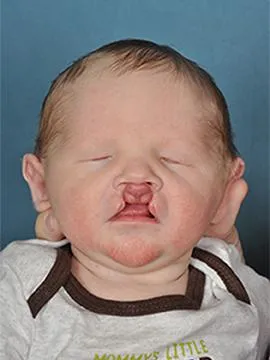
Before

After
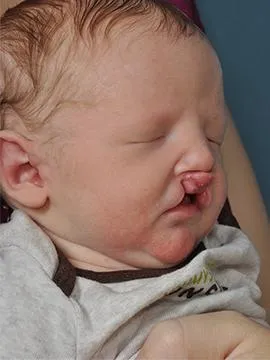
Before
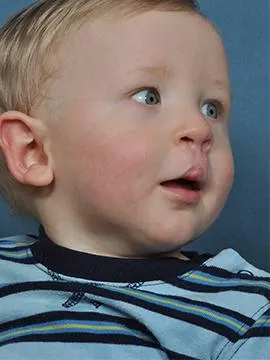
After
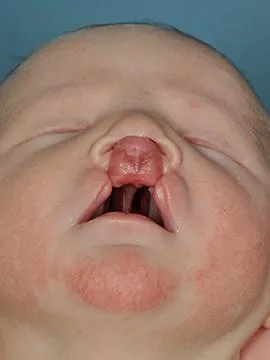
Before
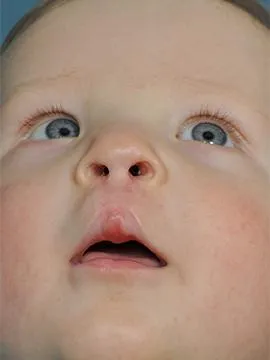
After
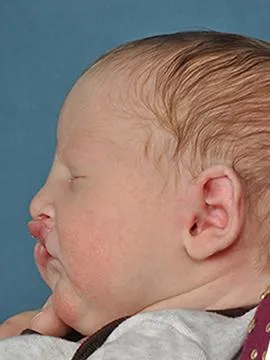
Before

After
*Disclaimer: Individual results vary. Images do not constitute a promise or representation of any particular outcome or experience.

Before
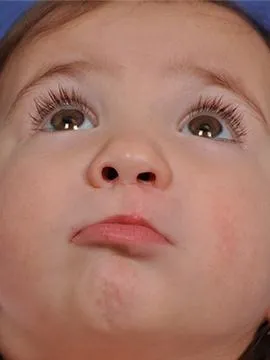
After
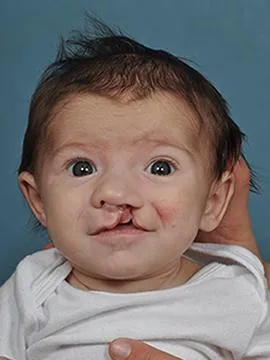
Before
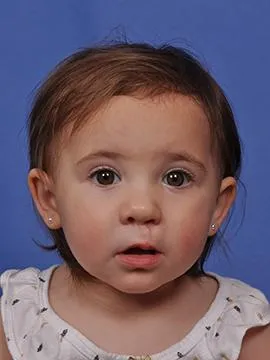
After
*Disclaimer: Individual results vary. Images do not constitute a promise or representation of any particular outcome or experience.
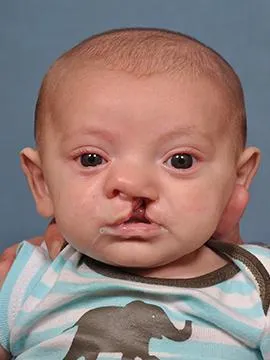
Before
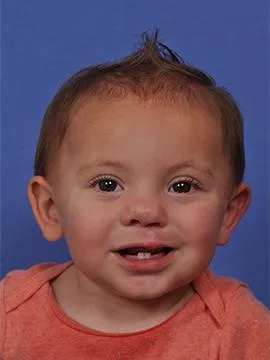
After
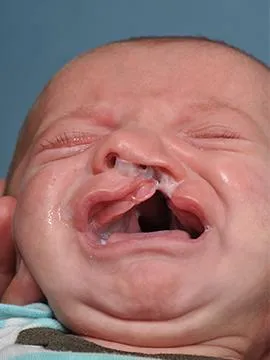
Before
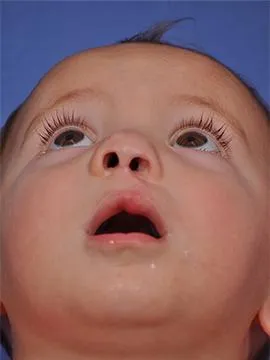
After
*Disclaimer: Individual results vary. Images do not constitute a promise or representation of any particular outcome or experience.
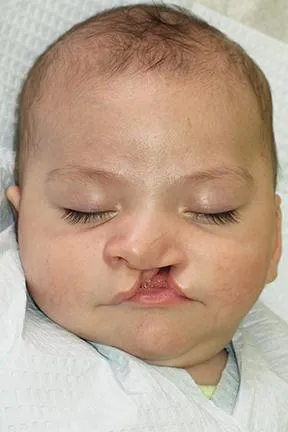
Before

After
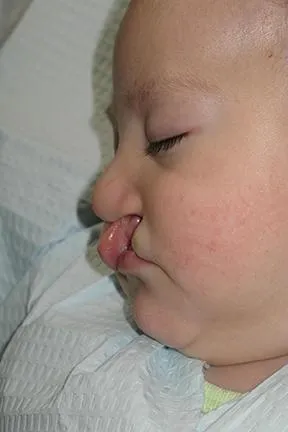
Before
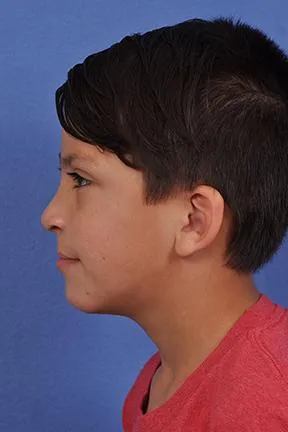
After
*Disclaimer: Individual results vary. Images do not constitute a promise or representation of any particular outcome or experience.
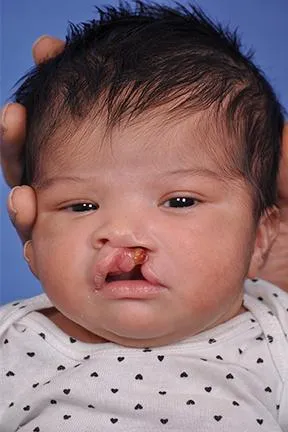
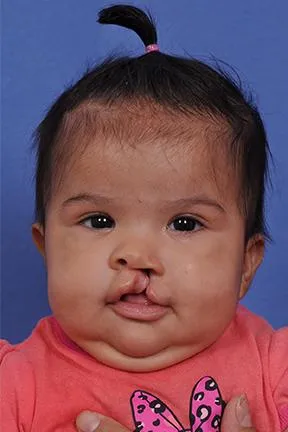
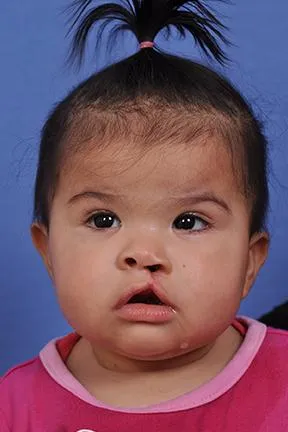
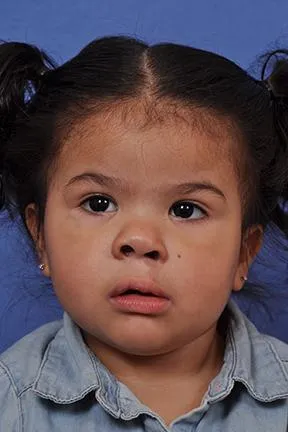
*Disclaimer: Individual results vary. Images do not constitute a promise or representation of any particular outcome or experience.
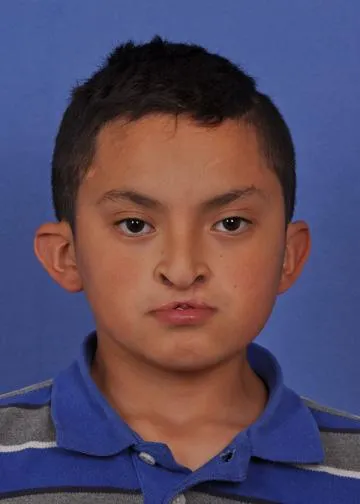
Before

After

Before

After
*Disclaimer: Individual results vary. Images do not constitute a promise or representation of any particular outcome or experience.
*All pictures are of real patients of Grant A. Fairbanks, M.D. Identifiable images are used with patient or parent of patient permission.
Plastic Surgery for Cleft Lip & Cleft Palate
Cleft Lip and Palate Repair
The cleft lip and cleft palate are two of the more common developmental deformities seen in the newborn child. Fortunately, advanced Plastic Surgery techniques are available to correct these deformities to restore functional speech and a more natural appearance.
Cause of Cleft Lip and Palate Deformity
Cleft lip palate deformities are a result of the failure of the lips or palate to fuse during embryonic development. The variations of the deformity include lip and/or palate, one or both sides, partial or complete cleft, or any set of combinations. While the cause of the deformity can be genetic, usually it is developmental in origin.
The cleft child typically is of normal intelligence and can anticipate a long and healthy life.
Team Approach to Cleft Care
The team approach to cleft care is in the patient’s best interest. This consists of a Plastic Surgeon, an Otolaryngologist (ENT), an Orthodontist, a Speech Therapist, a Social Worker, and occasionally a Geneticist. Cleft Team Members help to optimize each patient’s ultimate outcome over the critical years of a cleft patient’s development.
Surgical Repair of the Cleft Lip and Cleft Palate
With proper surgical techniques, the cleft patient has a good first chance to achieve an excellent appearance, good speech, and normal breathing.
An early consultation with a Plastic Surgeon is recommended. Ideally, the patient is seen within the first week of life to be evaluated for proper feeding techniques, as well as a device used before surgery that may help mold the cleft and the nasal defect with the goal of having a more anatomic repair.
Timing for Surgery
Typically, the first operation to be performed is the closure of the lip when the child is 3 months of age. At this time a cleft rhinoplasty or nose repair may be performed to improve the shape of the nose during childhood.
The next stage addresses the palate, which is typically repaired around 10-12 months of age. If a two-stage palate repair is performed, the soft palate is repaired first, while the hard palate is closed at a later time. The goal is to help the child with a better chance for normal speech development. The surgery may also reduce the number of ear infections associated with the cleft palate.
For those children who have a cleft palate at the gum line, a bone graft to complete the dental arch may be performed by 5-6 years of age.
Cleft Nasal Deformity
The majority of children with cleft lips have an associated nasal deformity. Typically the nose is spread out and tilted downward on the cleft side. Often the lip is repaired with little attention given to the nasal deformity. Cleft surgeons have developed techniques that may address the nose at the same time as the formal lip repair if not at a subsequent procedure. This often gives the cleft child the chance of having a nose with less stereotypical findings. These children may go through school with less questioning from their peers.
The final rhinoplasty or nasal surgery may be performed from the age of 16 and beyond. At this time the cleft child has reached skeletal maturity when the face has finished growing. Techniques have been developed that result in a nose that is not stereotypical of a cleft lip deformity.
There may be individual modifications to the procedures and the timeline depending on the uniqueness of each patient.
Expectations for Cleft Care
Overall, closure of the lip and palate is essential for oral continence and good speech. During development, careful attention is paid to speech therapy and pediatric dental alignment with braces as necessary. All of this is done, through a team approach, to provide the cleft child with the possibility of living a fulfilling life.
The craniofacial trained plastic surgeon has extensive experience in the repair of the cleft lip and cleft palate deformity, successfully treating children with wonderful results in both appearance and speech.
For more information about Cleft Lip and Cleft Palate, check out FairbanksMD.com

Before

After

Before

After

Before

After

Before

After
*Disclaimer: Individual results vary. Images do not constitute a promise or representation of any particular outcome or experience.

Before

After

Before

After
*Disclaimer: Individual results vary. Images do not constitute a promise or representation of any particular outcome or experience.

Before

After

Before

After
*Disclaimer: Individual results vary. Images do not constitute a promise or representation of any particular outcome or experience.

Before

After

Before

After
*Disclaimer: Individual results vary. Images do not constitute a promise or representation of any particular outcome or experience.




*Disclaimer: Individual results vary. Images do not constitute a promise or representation of any particular outcome or experience.

Before

After

Before

After
*Disclaimer: Individual results vary. Images do not constitute a promise or representation of any particular outcome or experience.
*All pictures are of real patients of Grant A. Fairbanks, M.D. Identifiable images are used with patient or parent of patient permission.

Surgery is scary no matter what age you are! A snuggly Teddy Bear gives comfort.
If you’d like to help make their experience more comfortable, donate a bear. The bear will go to a child before their surgery.
About

Our goal is to help give these children, of all ages, the best chance to obtain success in their lives. Through reconstructive plastic surgery, these individuals can walk tall and Keep their Heads Up.
